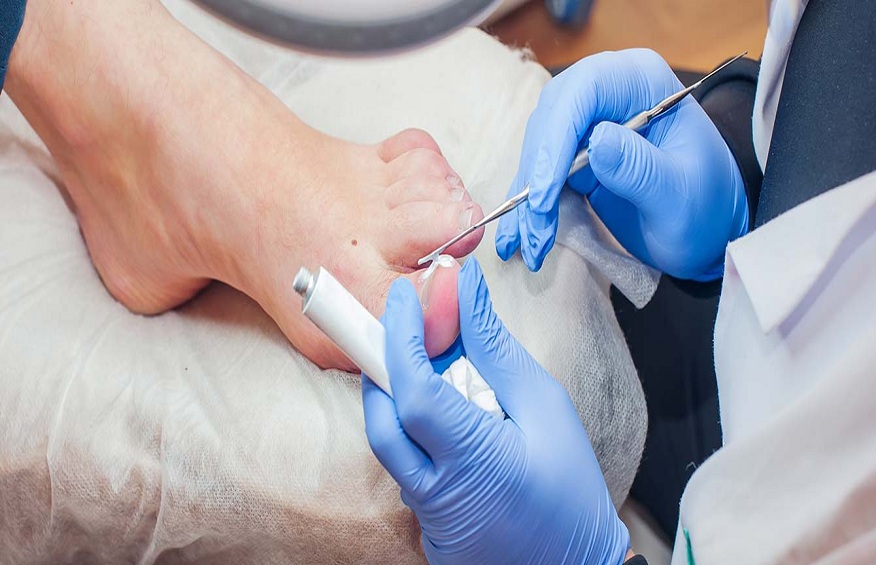Diabetes is a condition that carries an array of possible side effects, including serious issues with the feet. Due to reduced blood flow and nerve damage, even a minor injury can result in severe complications like a non-healing wound or leg ulcer that raises your risk of amputation.
Therefore, if you have diabetes, Cypress Foot & Ankle Center emphasizes the importance of proper foot care. While seeing a foot doctor regularly is the best measure, there are numerous ways you can still better care for your feet at home. Continue reading to learn more.
1. Inspect Your Feet and Ankles Daily
One of the most crucial elements of diabetic foot care entails checking your lower feet daily for any sores, swelling, hot spots, cuts, or bruises. Any of these symptoms can be warning signs of an underlying issue developing.
You should also watch out for ingrown toenails, cracked or dry skin, tenderness, corns, and calluses. If you cannot reach your feet comfortably, request a family member to perform a quick check or utilize a mirror to check the undersides of your feet. If you identify anything unusual, consult a foot doctor.
2. Do Not Use Your Feet to Test Hot Water
One of the complications of untreated diabetes is diabetic neuropathy or nerve damage. If you have nerve damage, it may be difficult to tell if the bath water is overly hot. Therefore, you might scald your skin without even realizing it.
Ideally, use your elbow to test the water temperature before getting into the shower or tub.
3. Select the Right Footwear
Avoid walking barefoot, even in your house, to reduce the likelihood of injury. Wearing socks and shoes or slippers offers your feet additional protection. Besides, moisture-wicking socks can help keep the feet dry and clean.
Before wearing your shoes, check for sharp objects, such as tiny rocks, and ensure the shoes fit well without rubbing against your feet or pinching your toes. If your shoes are uncomfortable, consult your physician about special inserts that might suit you.
4. Trim Your Toenails Regularly
Ensure you trim your toenails regularly to keep them from cutting your foot when one grows overly long or rough. Trim them after washing your feet so they are softer and easier to cut. You can also utilize an emery board to smooth out the rough edges of your nails.
However, ensure you do not cut your nails overly short in the corners or too deep around the cuticles, as this can result in infection. If you cannot trim your toenails, ask a family member or professional for help.
5. Keep Your Skin Well Moisturized
Typically, diabetics have drier skin, which could make their skin cracked or worse. The reason behind this drier skin is that diabetics sweat less on their feet than people without the illness.
Thus, to avoid common issues associated with dry feet, such as infections, you should moisturize your feet nicely. Consider applying a moisturizer or lotion to your feet once or twice daily.
Diabetes can result in serious issues in your feet and ankles. To avoid complications from this illness, practicing proper everyday foot care and consulting a podiatrist at the first sign of trouble is crucial.
Your foot doctor can provide professional care, such as offering medications to help you manage your blood sugar as well as reduce the risk of infection. Besides, if you need special footwear, such as orthotics or foot pads, your specialist can design them for you.



